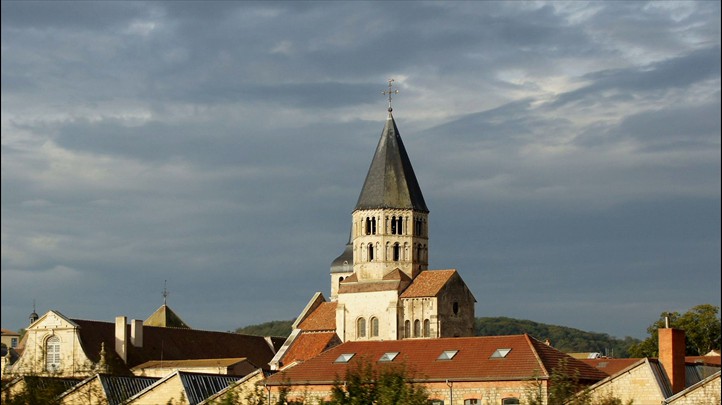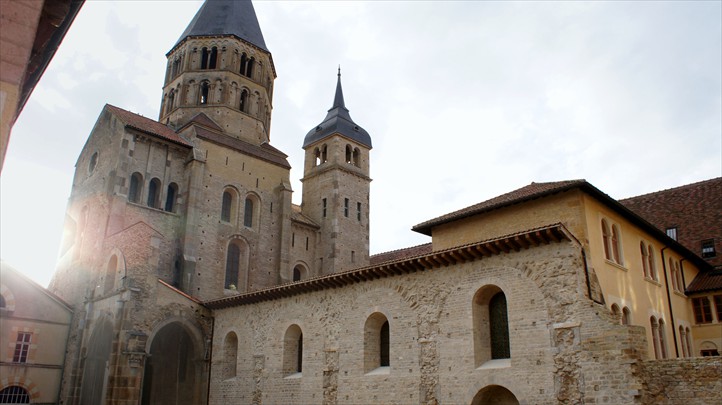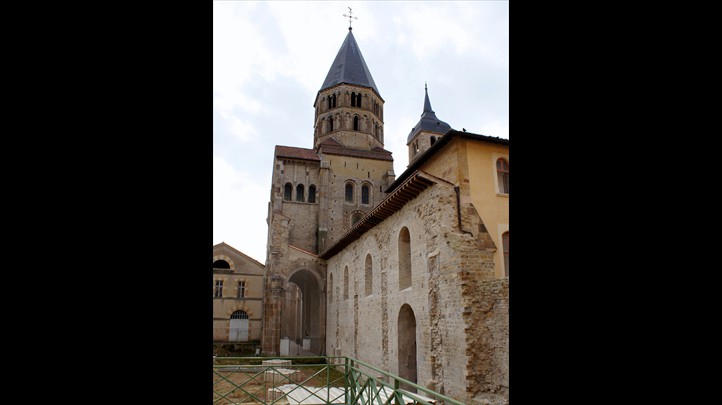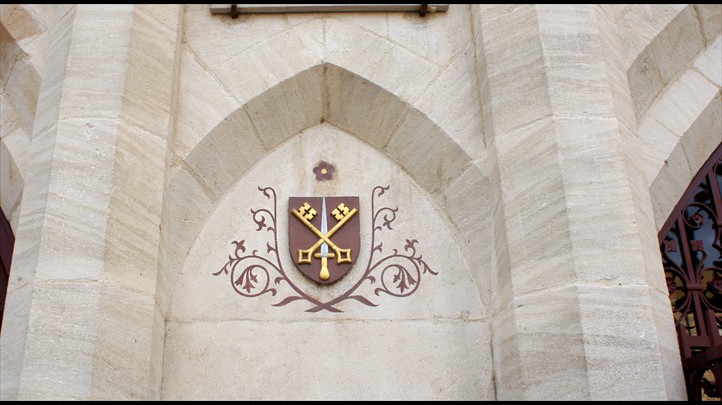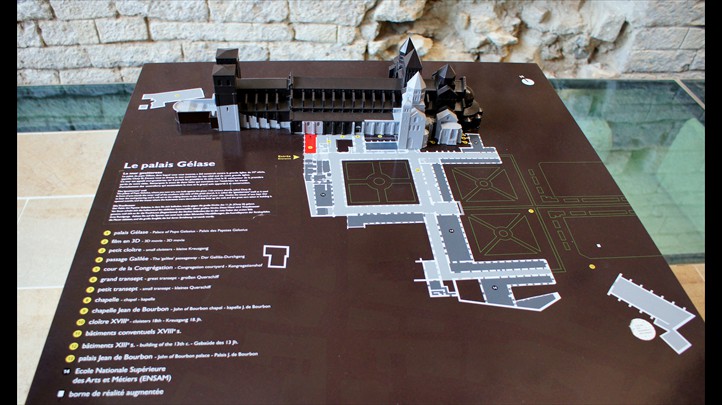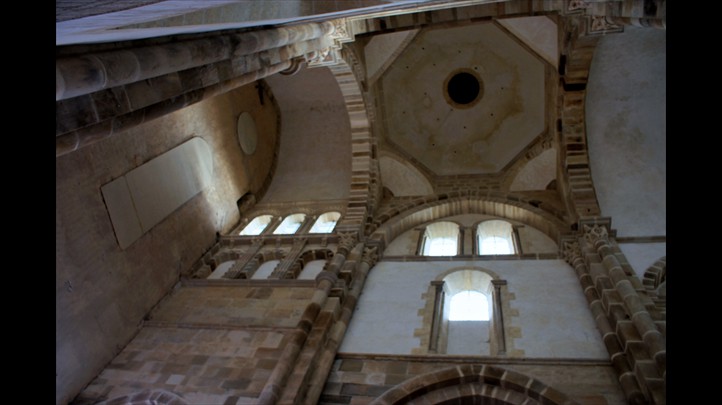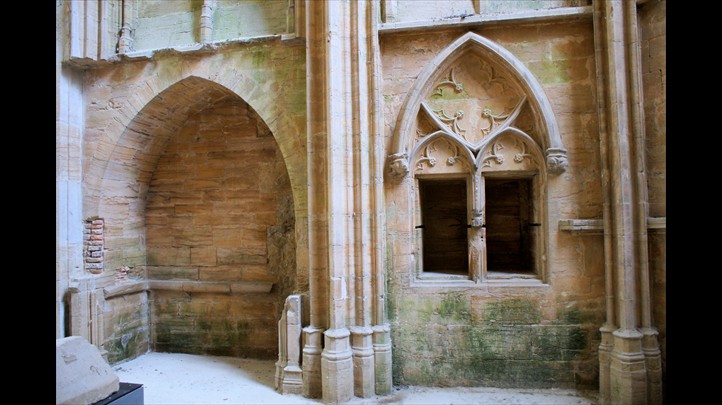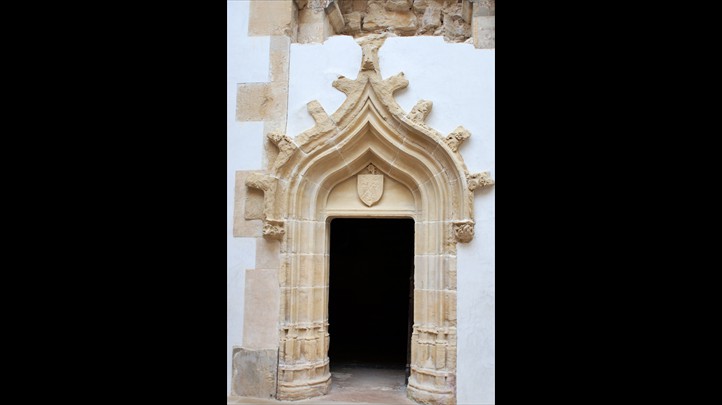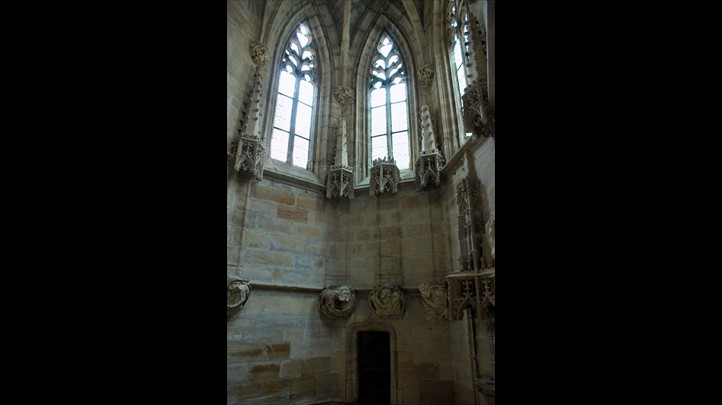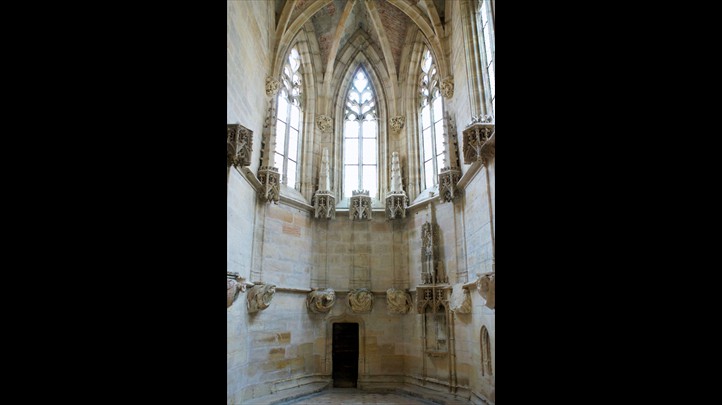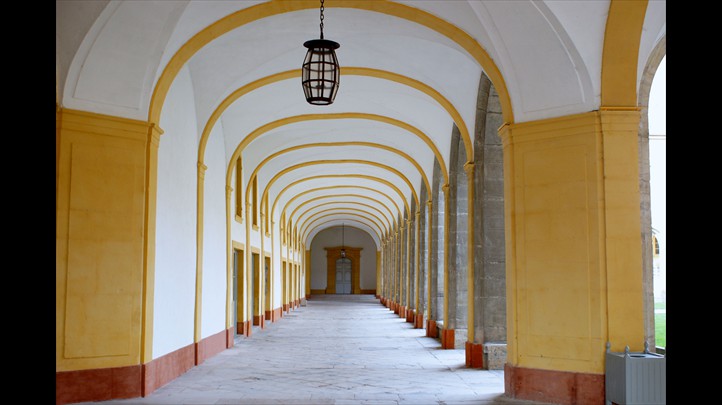The remains of the medieval
Benedictine Abbey Cluny
are located in the municipality of the same name in the department of Saône-et-Loire in the Burgundy region on the river Grosne about 30 km southeast of Mâcon.
Foundation history
Towards the end of the 9th century, religious fervour in the Western Church and also in the monasteries slackened. The call for renewal became unmistakable. The Rule of St. Bernard, which determined monastic life in every detail, was to be restored. In 909, William I, Duke of Aquitaine and Count of Mâcon, tried to emphasise this concern by donating land to the abbey of Cluny. The monastery consecrated to Peter & Paul was initially intended for 12 monks.
The influence of Cluny since the 10th century on some 1400 monasteries had various causes. First of all, there was the rule of the order, which prescribed independence from spiritual and secular power for the present and the future, then the will to open up to the world, then the good fortune to have been led by extraordinary personalities who were able to work for a very long time. Finally, the success was also due to the fact that the monks mastered writing, and had skills in agriculture and metalworking, which they passed on. The knowledge of the community was then also generally recognized.
New monasteries were founded. Order was maintained in the existing ones. The liturgy was at the centre. The monks had little time for spiritual study. The practical work also lost importance. Cluny even received the right to strike his own coins. Schools were opened and an own library was established.
Swiss foundations
In Switzerland, Countess Adelheid, sister of Rudolf I of Burgundy, founded the priory of Romainmôtier in 928. In 965, the Abbey of Payerne followed, founded by Empress Adelheid, daughter of Rudolf II, was also behind the donation of the old Abbey of St-Viktor of Geneva.
In Rüeggisberg, the monks Cono and St. Ulrich von Zell built the first cells around 1072 on the basis of a donation by Lütold von RümligeIn Switzerland, Countess Adelheid, sister of Rudolf I of Burgundy, founded the priory of Romainmôtier in 928. In 965, the Abbey of Payerne followed, founded by Empress Adelheid, daughter of Rudolf II, was also behind the donation of the old Abbey of St-Viktor of Geneva.
In Rüeggisberg, the monks Cono and St. Ulrich von Zell built the first cells around 1072 on the basis of a donation by Lütold von Rümlin. Around 1075 Rudolf von Rheinfelden, Duke of Swabia, agreed to the foundation of the monastery. Soon after 1100 the construction of the Romanesque church, of which only the northern transept and parts of the crossing remain today, was started around 1175.
In the territory of present-day Switzerland there were numerous priories linked to Cluny, eight of them in what is now Canton Vaud alone, namely Bassins, Baulmes, Bursins, Mollens, Montcherand, Payerne, Romainmôtier and Rougemont. St-Viktor, Payerne, Romainmôtier and St-Alban, as offshoots of Cluny, formed a network that stretched from Alsace to Savoy.
rise and fall
From the turn of the millennium Cluny entered into closer links with the feudal lordships and several large abbeys (e.g. Vézelay, Figeac, Moissac). By now, the order numbered around 10,000 monks and its sphere of influence extended to Spain, Italy and England.
At the beginning of the 12th century, Cluny III was built, an abbey of almost gigantic dimensions, a huge undertaking that swallowed up all the donations.
From the middle of the 12th century onwards, the Order began a slow decline, at a time when it had some 2000 branches throughout Europe. Due to the at times exaggerated use of power, Cluny lost his spiritual leadership role the longer and more. During this time, however, a new Benedictine force gained influence, starting in 1098 from Cîteaux in Burgundy. The reform by Robert de Molesme was based on the idea of a simple monastic life, which was to be practised in a spirit of renunciation. Cluny had moved away from the original ideal of simplicity.
Cluny's charisma was also evident in the architecture. The pattern of Saint-Pierre-le Vieux Abbey, with its choir lined by a portico that allows one to walk around the chancel, was copied in some Clunysian churches. It can be found in Burgundy, Germany and Switzerland. From the end of the 12th century onwards, the disciples of St Bernard of Clairvaux (the Cistercians of Cîteaux) gained considerable influence, while Cluny, which was steadily declining in importance until the 17th century, tried to resist the increasing attempts of other orders to conquer it. After the (revolutionary) constitutional National Assembly of 1790 had declared the abolition of all religious vows, i.e. their invalidity and non-binding nature, the order dissolved and its members dispersed. The Abbey of Cluny itself was sold, then declared state property and finally destroyed in the years following the Revolution.
Link to the Romanesque abbey church in Payerne (CH) and the ruins of Rüeggisberg (CH)
Photos: Gerhard Eichinger, source: Ultreïa No 56
